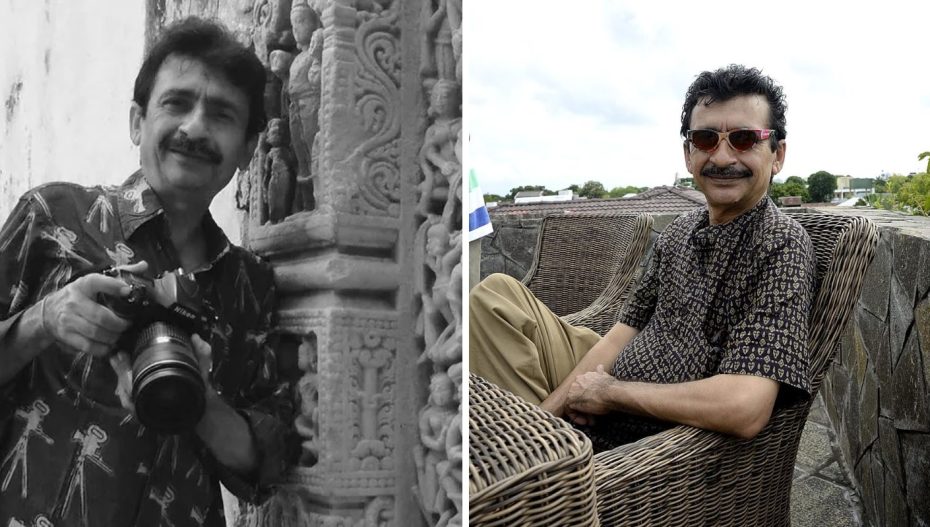Rahul Gajjar, celebrated digital artist and photographer, passed away at the age of 64 on Wednesday night, following a prolonged battle with heart disease. Gajjar, known for his profound passion for visual arts and innovative expressions, was instrumental in helping the Heritage Trust document Champaner Fort, a contribution that was pivotal in the site being granted UNESCO World Heritage status in 2004.
Gajjar, who worked across mediums including black-and-white photography and digital prints, captured striking images of landscapes, nature, and wildlife. He also ventured into fine jewellery and textile design, drawing inspiration from the intricate carvings at Champaner Fort. His jewellery line and textile creations highlighted the artistry of these carvings, incorporating traditional designs from Champaner into modern wearable forms.

Gajjar’s wife, Sandhya, described him as “methodical” and devoted to his craft. A graduate of the Faculty of Fine Arts at Maharaja Sayajirao University (MSU), Gajjar began his creative journey with traditional darkroom photography, establishing a home darkroom in the 1980s. His practice later evolved during a visit to France in the 1990s, where he first encountered digital graphic design on a Macintosh. Sandhya recalls, “He extended his stay to learn the Macintosh and returned to Vadodara to explore digital art, experimenting with light and colour.” His first solo digital print exhibition came shortly thereafter in 1998-99, marking a new chapter in his artistic career.
Rahul Gajjar has exhibited his Photographs and Digital Fine Art Prints in the UK, USA, UAE, France, Peru and Italy, and all over India. He has been honoured with the Gujarat Gaurav Puraskar, Govt. of Gujarat, 2011, for his contribution for photographic documentation of the Champaner-Pavagadh, (a UNESCO World Heritage Site).

Gajjar’s legacy includes not only his photographs of Vadodara’s heritage sites, which are widely appreciated as corporate gifts but also his fine jewellery line ‘Omessa’, inspired by Champaner’s architecture. Sandhya explained, “He was captivated by the intricate carvings of Champaner. He transformed these into jewellery designs for women and sought to replicate them on textiles, even travelling to Varanasi to work with weavers on Banarasi sarees featuring Champaner’s iconic lattice designs.”
On Thursday, Gajjar’s family issued a statement honouring his memory: “We celebrate a life lived fully, happily, among friends and on his own terms.”
Despite suffering three heart attacks, Gajjar remained active, even journeying to an altitude of 18,000 feet in the Himalayas at the age of 63. He is survived by his wife Sandhya, two sons, Kalapi and Rajat and two siblings with their families.
Also Read: PM Has Never Read Constitution, Says Rahul Gandhi












